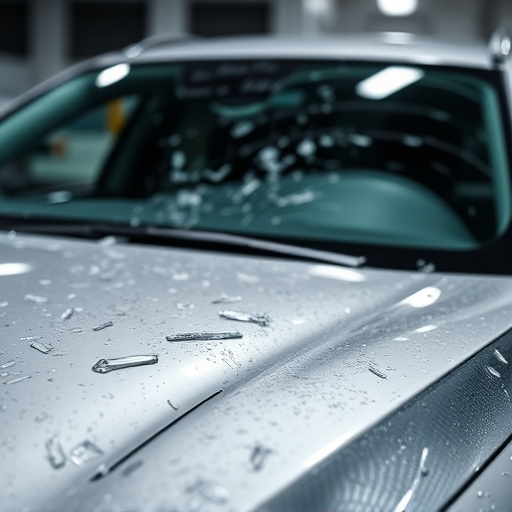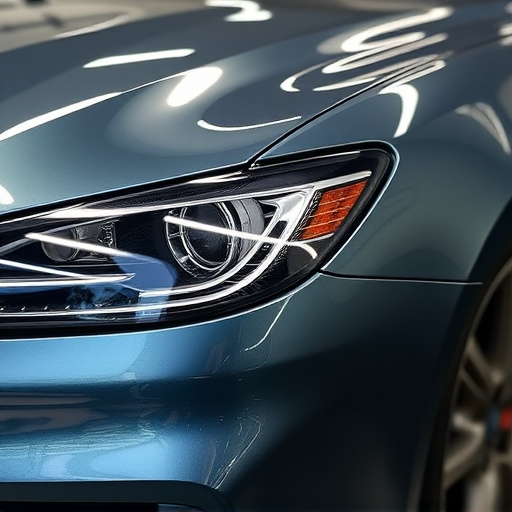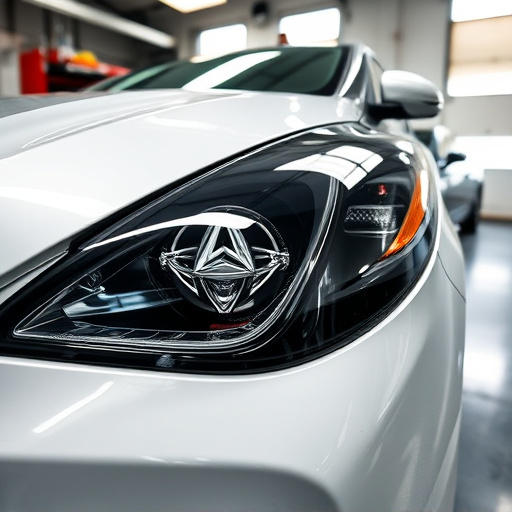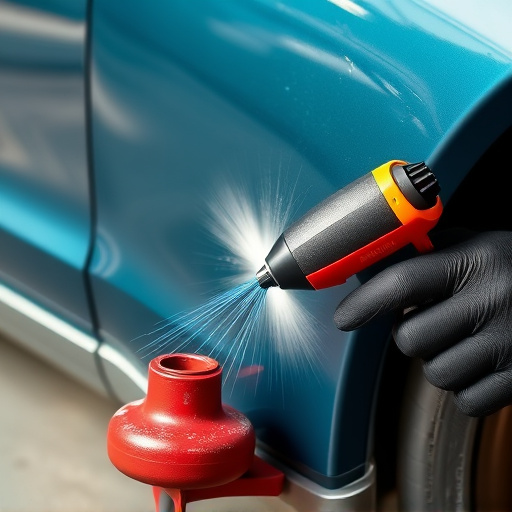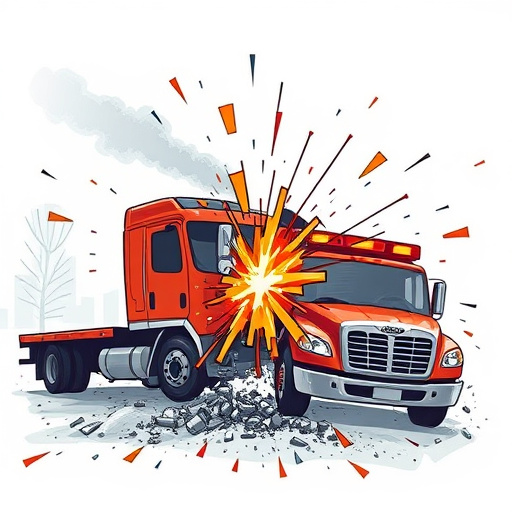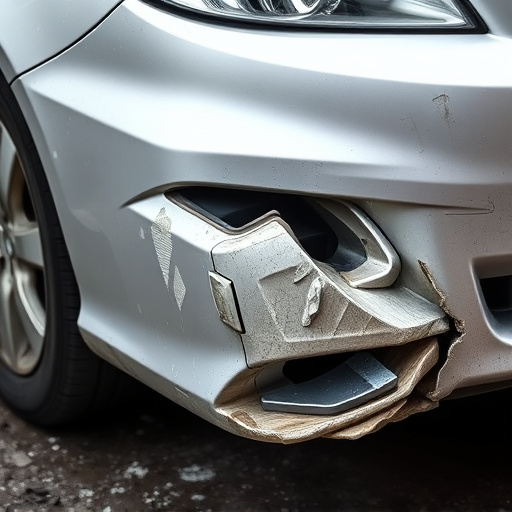Door dent repair has witnessed a dramatic evolution due to technology, shifting from manual, time-consuming methods to modern, efficient solutions. Techniques like paintless dent repair (PDR) and advanced machinery streamline repairs, preserving vehicle aesthetics and resale value. Laser tech, robotics, and CAD software dominate the industry, offering faster, more precise repairs with minimal scarring, appealing to professionals, DIYers, and cost-conscious customers alike.
In the realm of automotive maintenance, door dent repair has evolved from laborious manual techniques to a modern art facilitated by advanced technology. This article delves into the transformative journey of door dent repair tools, exploring historical evolution and the stark contrast it presents with contemporary advancements. From traditional methods to cutting-edge innovations like laser technology, 3D printing, and AI integration, these tools are revolutionizing car body shops worldwide. We analyze their benefits, challenges, and profound impact on the automotive industry, setting the stage for a new era in door dent repair.
- The Evolution of Door Dent Repair Tools
- – A historical overview of door dent repair techniques
- – Traditional methods vs modern advancements
The Evolution of Door Dent Repair Tools
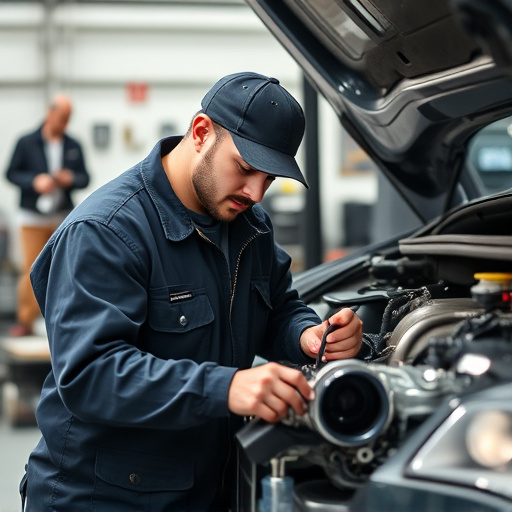
The art of door dent repair has undergone a remarkable transformation, driven by advancements in technology that have redefined the way damages are addressed. Traditional methods, once reliant on manual labor and time-consuming processes, have made way for innovative tools and techniques that offer faster, more efficient, and often less invasive solutions. This evolution is particularly evident in the automotive industry, where car paint services and scratch repair have been elevated to new heights.
Modern door dent repair tools leverage advanced technologies such as paintless dent repair (PDR) methods, which avoid the need for extensive repainting or sanding. These cutting-edge techniques allow technicians to seamlessly restore damaged panels to their original condition, preserving the vehicle’s aesthetics and resale value. The adoption of sophisticated machinery, precision instruments, and digital imaging has further streamlined the process, enabling faster turnaround times and enhanced accuracy in repairs.
– A historical overview of door dent repair techniques
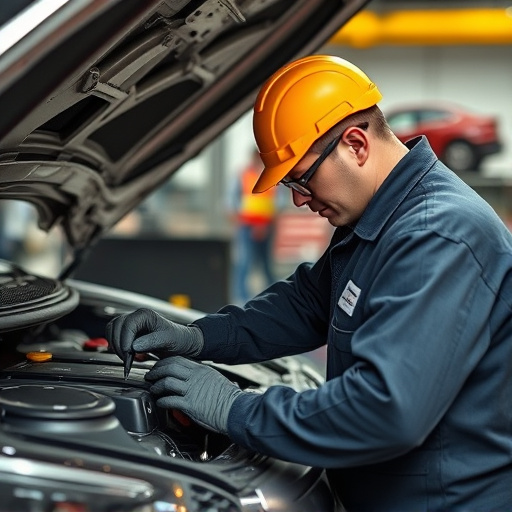
Door dent repair has evolved significantly over the years, reflecting the broader advancements in technology and our quest for efficiency. Historically, repairs involved laborious hand tools and techniques, with each dent requiring meticulous and time-consuming work. Skilled technicians would carefully hammer out dents, using various metal rods and picks to reshape the damaged area back to its original form. This traditional method, though effective, was often a lengthy process that demanded considerable expertise and precision.
With the advent of modern technology, door dent repair has embraced innovative tools and techniques. The introduction of advanced machinery, such as automated dent removal equipment and computer-aided design software, has revolutionized the industry. Today, professionals can offer quicker and more precise repairs, including popular methods like paintless dent repair (PDR), which avoids the need for extensive auto painting or fender repair by using specialized tools to push out dents from behind the panel.
– Traditional methods vs modern advancements
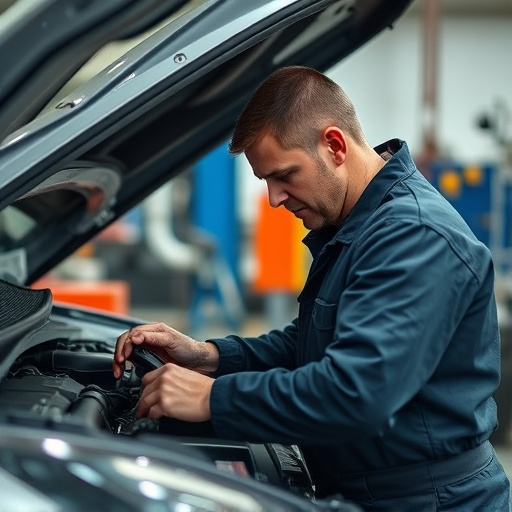
In the realm of door dent repair, traditional methods have long been the go-to solution for both professional body shop services and DIY enthusiasts. These methods often involved laborious processes such as hammering and using putty to smooth out dents, which required significant skill and time. However, modern advancements in technology have revolutionized this field, making door dent repair faster, more efficient, and precise than ever before.
Today, innovative tools like laser technology, robotic systems, and advanced computer-aided design (CAD) software have transformed the way repairs are executed. These modern solutions not only enhance the speed and accuracy of door dent repair but also improve the overall quality of the final outcome. Unlike traditional methods that might leave visible traces of damage, contemporary techniques ensure minimal scarring, making auto glass replacement or car paint repair virtually seamless. As a result, customers benefit from both cost savings and superior aesthetics in their restored vehicles.
Advanced technology has revolutionized door dent repair, offering efficient and precise solutions. Modern tools provide a significant upgrade from traditional methods, ensuring faster repairs with minimal damage. By leveraging innovative materials and techniques, professionals can now restore doors to their original condition, enhancing both aesthetics and functionality. These advancements cater to the growing demand for cost-effective, high-quality door dent repair services in today’s market.
